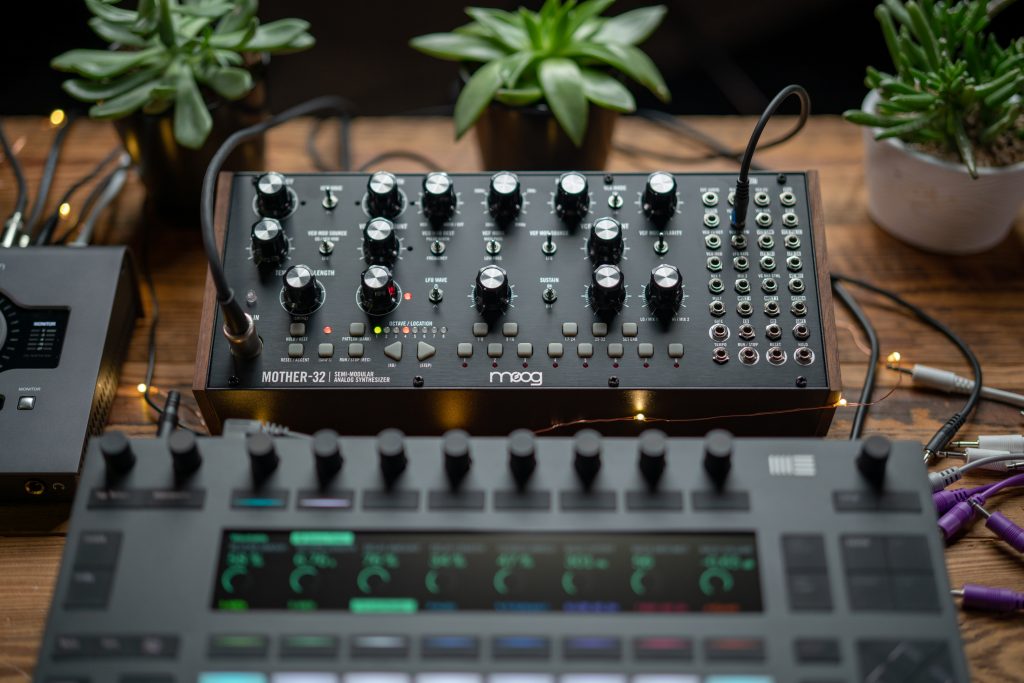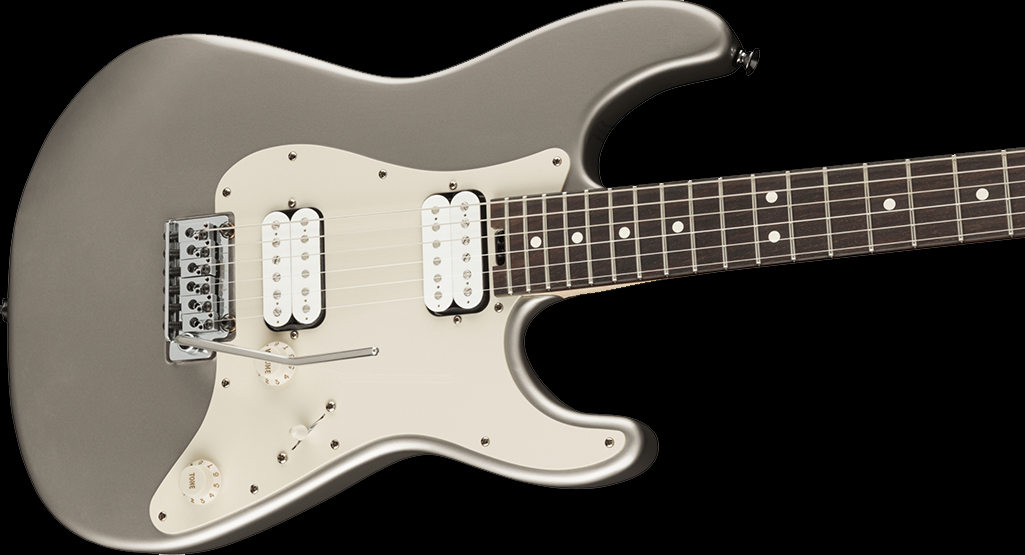 Asheville, NC, July 16, 2019 — Today, Moog Music releases 5 new video tutorials showcasing Ableton’s upcoming CV Tools Pack, a collection of 10 Max for Live devices that generate or receive analog control voltage.
Asheville, NC, July 16, 2019 — Today, Moog Music releases 5 new video tutorials showcasing Ableton’s upcoming CV Tools Pack, a collection of 10 Max for Live devices that generate or receive analog control voltage.
Using CV Tools and a semi-modular Moog Synthesizer, Moog Music shows you how to quickly and easily synchronize, modulate, trigger, and play your modular hardware synthesizer with Ableton Live, opening new portals to creativity and expressive sound design.
 Control Voltage, abbreviated CV, is an analog method for controlling electronic hardware instruments. Developed for synthesizers in the 1960s by both Bob Moog and Don Buchla (working independently on opposite coasts of the United States), CV empowered early electronic musicians to create organic evolving electronic patches.
Control Voltage, abbreviated CV, is an analog method for controlling electronic hardware instruments. Developed for synthesizers in the 1960s by both Bob Moog and Don Buchla (working independently on opposite coasts of the United States), CV empowered early electronic musicians to create organic evolving electronic patches.
After the introduction of MIDI (Musical Instrument Digital Interface) in 1983, the use of CV declined and eventually all but disappeared as analog synthesizers were replaced by their digital counterparts. But you never really know what you’ve got until it’s gone, and just like vacuum tubes and magnetic tape, modular synthesizers (and the CV standard) have come back in a big way.
Artists today are embracing the physical workflow of modular synthesizers, but computer-based music environments still communicate with the outside world primarily using the MIDI protocol. This has left musicians to choose between their modular synth or their DAW, with few opportunities for creative collaboration between the two music technologies.
With Ableton’s new CV Tools, both platforms have been combined with one elegant solution, empowering experimental artists to call up unlimited LFOs, sound designers to create complex asymmetrical modulation sources, and giving modern producers the ability to sync their analog synthesizers with their computer.
Watch the newly released videos below:
Tutorial videos in today’s release from the Moog Demo Library:
Mother-32 | Modulate your synth with CV Tools
Modulate your Eurorack format synthesizer using CV Tools’ CV LFO device and a DC coupled audio interface. You can call up multiple CV modulators on a single audio track, stacking CV LFOs and Modulation Envelopes to create expressive analog modulations.




















